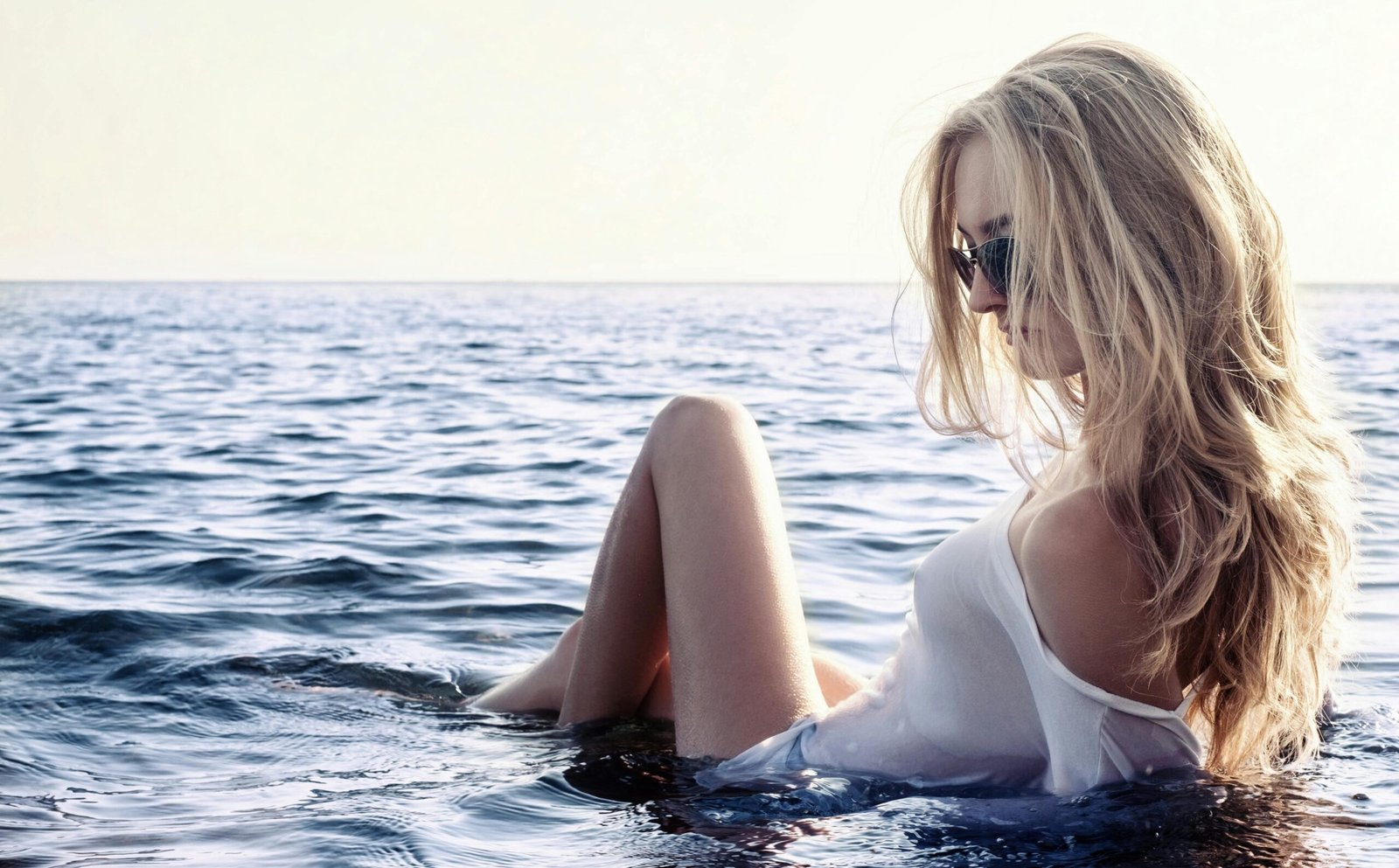In the realm of travel photography, the portability of tripods plays a pivotal role in balancing equipment utility and mobility. A well-designed tripod must address the dual demands of compactness and stability, especially for adventurers navigating diverse terrains. Among the brands excelling in this niche, MILIBOO stands out with its innovative solutions tailored for travelers.
1. The Essence of Portability in Travel Tripods
Travel photographers prioritize lightweight gear to minimize physical strain during long journeys. Traditional tripods often sacrifice portability for stability, but modern designs like MILIBOO’s MUFA series prove that both can coexist. For instance, the MILIBOO MUFA tripod weighs just 1.2 kg, making it ideal for backpackers. Its foldable length of 36 cm allows seamless integration into luggage, ensuring effortless transportation across hiking trails or urban explorations.
2. Adaptability to Dynamic Travel Scenarios
A travel tripod must adapt to unpredictable environments. MILIBOO tripods feature adjustable leg angles (regular, semi-crouched, and inverted modes), enabling photographers to stabilize cameras on uneven surfaces like rocky slopes or narrow ledges. The A301 model, for example, includes a retractable central column and rubberized anti-slip feet, which enhance stability on wet or slippery terrain. Such versatility ensures reliable performance whether capturing long-exposure cityscapes or time-lapse videos in nature.
3. Compact Design Without Compromising Functionality
MILIBOO’s engineering emphasizes space efficiency. The MUFA tripod employs a reverse-folding mechanism, reducing its packed size to match a standard water bottle—a critical advantage for airline carry-ons. Additionally, the brand’s carbon fiber variants, such as the MYT803, combine lightweight construction with high load capacity (up to 10 kg), accommodating professional DSLRs and telephoto lenses without bulk.
4. User-Centric Features for Enhanced Convenience
Travel tripods must simplify workflows. MILIBOO integrates quick-release systems, such as the MH-2A ball head, which allows rapid camera mounting and 360° panoramic adjustments. The inclusion of a built-in hook on models like the A301 enables users to hang weights (e.g., backpacks) for added stability in windy conditions—a thoughtful detail for outdoor photographers.
5. Real-World Applications and Photographer Feedback
MILIBOO tripods are lauded for their practicality. Users highlight the A301’s ability to extend to 160 cm, facilitating elevated shots of landscapes or crowded landmarks. Meanwhile, the MUFA’s multi-angle legs empower creative low-angle photography, such as capturing reflections in puddles or dynamic street scenes. These features align with travelers’ needs for adaptability and ease of use.
Conclusion
For photographers seeking a balance between portability and performance, MILIBOO tripods offer a compelling solution. Their lightweight frames, compact folding mechanisms, and scenario-specific designs cater to the unpredictable demands of travel. By prioritizing user convenience without compromising stability, MILIBOO exemplifies how modern tripods can enhance both the efficiency and creativity of travel photography. Whether scaling mountains or navigating bustling cities, a MILIBOO tripod proves to be an indispensable companion.

